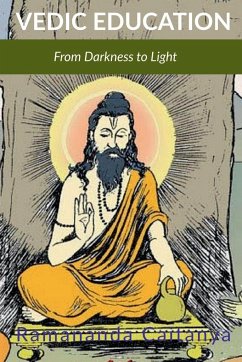The Vedas were usually taught at gurukuls. Gurukul was a residential schooling system popular in ancient India. At the gurukul, all were considered equal. The guru (teacher) and shishya (students) lived in the same house or near each other. This relationship was considered sacred and no fee was taken from the students. Students typically attended the gurukul from age of 8 into their early twenties. At the end of their education, each student offered a guru Dakshina, a token or mark of respect to the teacher. It was usually money or a special task that the teacher required. The gurukul was otherwise supported by public donations. Before British rule, gurukuls were the preferred form of education in India. During colonial times, the British imported their centralized system of industrial-era education while systematically de-emphasizing Vedic education. However, lately, this ancient form of education is seeing renewed interest.








